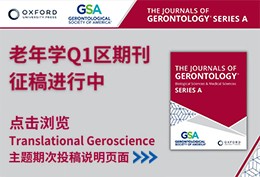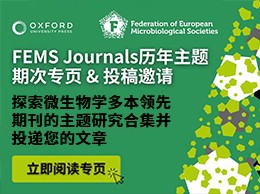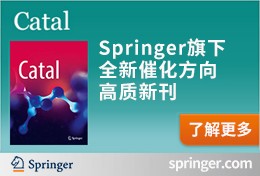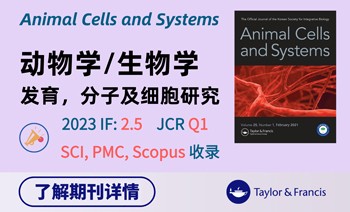Molecular Immunology ( IF 3.2 ) Pub Date : 2021-08-26 , DOI: 10.1016/j.molimm.2021.07.020
Kalyani Dhusia 1 , Zhaoqian Su 1 , Yinghao Wu 1
The activation of T cells is triggered by the interactions of T cell receptors (TCRs) with their epitopes, which are peptides presented by major histocompatibility complex (MHC) on the surfaces of antigen presenting cells (APC). While each TCR can only recognize a specific subset from a large repertoire of peptide-MHC (pMHC) complexes, it is very often that peptides in this subset share little sequence similarity. This is known as the specificity and cross-reactivity of T cells, respectively. The binding affinities between different types of TCRs and pMHC are the major driving force to shape this specificity and cross-reactivity in T cell recognition. The binding affinities, furthermore, are determined by the sequence and structural properties at the interfaces between TCRs and pMHC. Fortunately, a wealth of data on binding and structures of TCR-pMHC interactions becomes publicly accessible in online resources, which offers us the opportunity to develop a random forest classifier for predicting the binding affinities between TCR and pMHC based on the structure of their complexes. Specifically, the structure and sequence of a given complex were projected onto a high-dimensional feature space as the input of the classifier, which was then trained by a large-scale benchmark dataset. Based on the cross-validation results, we found that our machine learning model can predict if the binding affinity of a given TCR-pMHC complex is stronger or weaker than a predefined threshold with an overall accuracy approximately around 75 %. The significance of our prediction was estimated by statistical analysis. Moreover, more than 60 % of binding affinities in the ATLAS database can be successfully classified into groups within the range of 2 kcal/mol. Additionally, we show that TCR-pMHC complexes with strong binding affinity prefer hydrophobic interactions between amino acids with large aromatic rings instead of electrostatic interactions. Our results therefore provide insights to design engineered TCRs which enhance the specificity for their targeted epitopes. Taken together, this method can serve as a useful addition to a suite of existing approaches which study binding between TCR and pMHC.
中文翻译:

一种基于结构的机器学习方法,用于对 TCR 和肽-MHC 复合物之间的结合亲和力进行分类
T 细胞的激活是由 T 细胞受体 (TCR) 与其表位的相互作用触发的,T 细胞受体是由抗原呈递细胞 (APC) 表面的主要组织相容性复合物 (MHC) 呈递的肽。虽然每个 TCR 只能识别大量肽-MHC (pMHC) 复合物中的特定亚群,但该亚群中的肽通常几乎没有序列相似性。这分别称为 T 细胞的特异性和交叉反应性。不同类型的 TCR 和 pMHC 之间的结合亲和力是塑造 T 细胞识别中这种特异性和交叉反应性的主要驱动力。此外,结合亲和力由 TCR 和 pMHC 之间界面的序列和结构特性决定。幸运的是,在线资源中公开提供了大量关于 TCR-pMHC 相互作用的结合和结构的数据,这为我们提供了开发随机森林分类器的机会,用于根据 TCR 和 pMHC 复合物的结构来预测它们之间的结合亲和力。具体来说,给定复合物的结构和序列作为分类器的输入被投影到高维特征空间上,然后由大规模基准数据集进行训练。根据交叉验证结果,我们发现我们的机器学习模型可以预测给定 TCR-pMHC 复合物的结合亲和力是强于还是弱于预定义的阈值,总体准确率约为 75 %。我们预测的显著性是通过统计分析来估计的。此外,ATLAS 数据库中超过 60% 的结合亲和力可以成功地分类为 2 kcal/mol 范围内的组。 此外,我们表明具有强结合亲和力的 TCR-pMHC 复合物更喜欢具有大芳香环的氨基酸之间的疏水相互作用,而不是静电相互作用。因此,我们的结果为设计工程化 TCR 提供了见解,从而提高了其目标表位的特异性。综上所述,该方法可以作为研究 TCR 和 pMHC 之间结合的一套现有方法的有用补充。


































 京公网安备 11010802027423号
京公网安备 11010802027423号